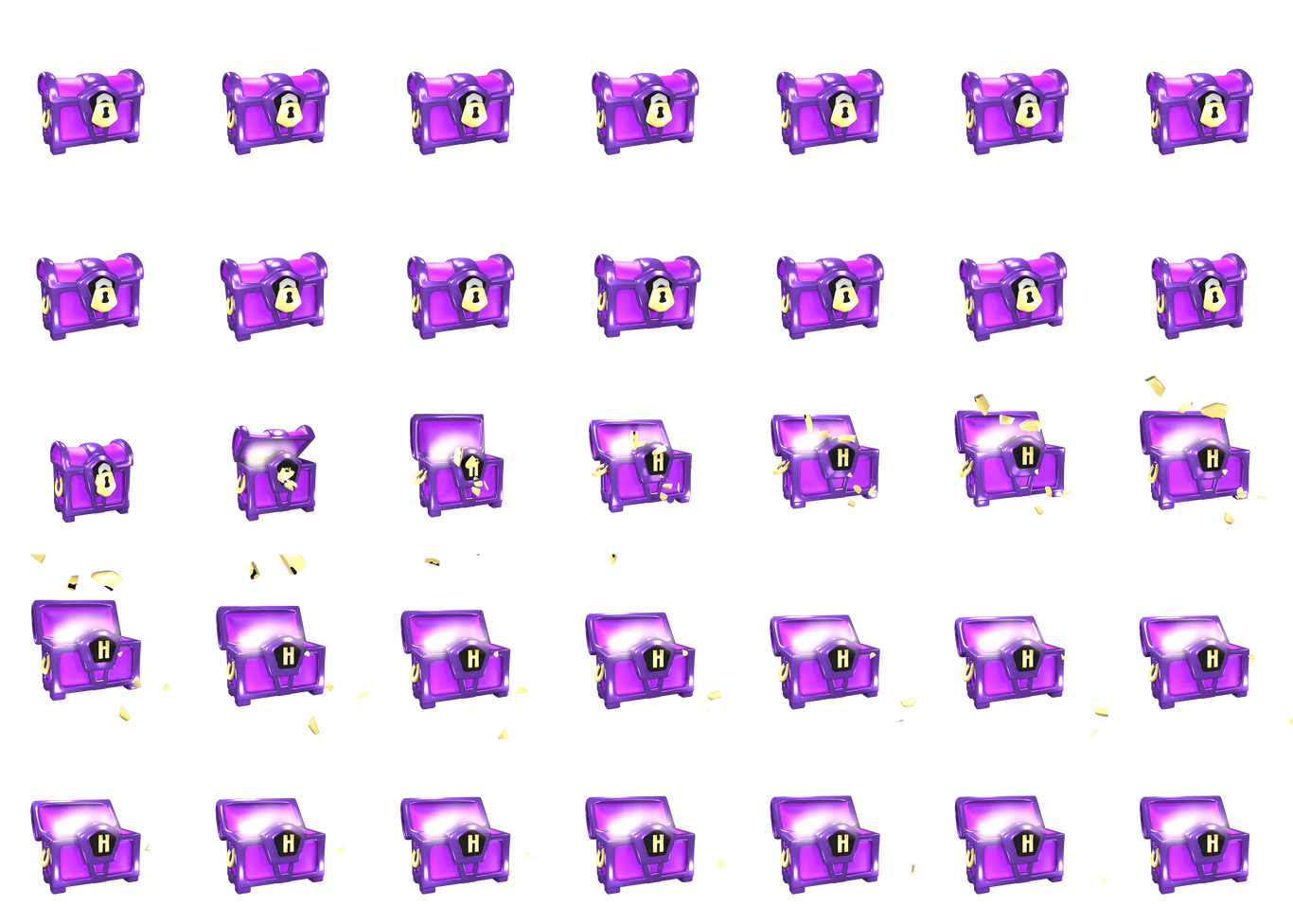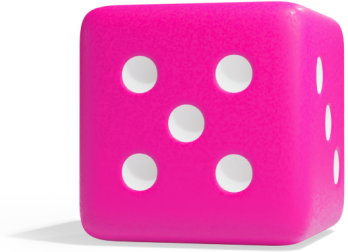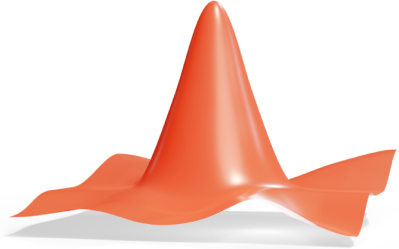How Do Sign Charts Work?
Theory
Note! Whatever kind of function you have, the sign charts tell you where the function you’re drawing sign charts for is above or below the -axis.
The main reason to love sign charts is that the sign chart of a differentiated function tells you how the original function behaves.
Rule
How to Draw Sign Charts
This rule applies for drawing any sign chart.
-
You draw a solid line when the -value of the function is greater than zero, which is when .
-
You draw a dashed line when the -value of the function is less than zero, which is when .
Example 1
In the figure below, you can see that the graph is below zero up to and between and . In these intervals the sign chart is dashed. The graph is above the -axis between and and when . In these areas the sign chart is solid.
Note! When you draw sign charts for constants, you just draw a solid line for positive numbers and a dashed line for negative numbers.
But how do you know where the function is above or below the -axis? Here are two ways to find out. Use Method 1 when you have a linear expression. In other cases you can use the one you like best.
Rule
Method 1: Deciding Whether the Function is Positive or Negative
- 1.
- Solve the equation to find the points of intersections between the graph and the -axis.
- 2.
- Look at one -value on each side of these intersections. If the -value gives you a negative -value, the graph is below the -axis in that area. If the -value gives you a positive -value, the graph is above the -axis in that area.
- 3.
- Draw the sign chart.
Example 2
Draw the sign chart of
- 1.
- Solve the equation :
- 2.
- Now you check one value of on each side of , one that is greater than 6 and one that is smaller than 6. When you choose these numbers, it’s smart to pick numbers that are easy to deal with, like and .
- 3.
- Draw the sign chart:
Rule
Method 2: Deciding Whether the Function is Positive or Negative
- 1.
- Begin by solving the equation to find the intersections between the graph and the -axis.
- 2.
- Factorize the expression.
- 3.
- Draw a number line for the values of at the top of the sign charts.
- 4.
- Draw a sign chart for each factor , where are the values of at the points of intersections with the -axis.
- 5.
- You know that when , so you can mark on the number line on top, and put 0 under in the sign chart for .
- 6.
- To find out where the function is positive and where it’s negative, you can test one value to the left of and one value to the right of by inserting it for in . When the answer is positive you draw a solid line, and when it’s negative you draw a dashed line. Repeat this for all the factors and draw the sign charts underneath each other.
- 7.
- In the end, you can sum the signs of all the sign charts you’ve drawn to make a sign chart representing the entire function below the charts of all the factors.
Example 3
Find the zeros of the function
and decide where the graph is above or below the -axis
- 1.
- First you need to solve the equation . In this case, you can use the quadratic formula or inspection. You find the zeros and .
- 2.
- That means the factorization of the function is
- 3.
- Draw the sign chart for .
First, you find where :
That means you write 3 on the number line on top of the sign charts.
Then you find where the sign chart is positive and negative:
Choose a value smaller than 3, for example , and insert it into . Then you get , which means the line to the left of 3 should be dashed.
Choose a value greater than 3, for example , and insert it into . Then you get , which means the line to the right of 3 should be solid.
Draw this sign chart below the number line.
- 4.
- Draw the sign chart for .
First, you find where :
That means you write 4 on the number line on top of the sign charts.
Then you find where the sign chart is positive and negative:
Choose a value smaller than 4, for example , and insert it into . Then you get , which means the line to the left of 4 should be dashed.
Choose a value greater than 4, for example , and insert it into . Then you get , which means the line to the right of 4 should be solid.
Draw this sign chart below the sign chart for .
- 5.
- Add the two sign charts together and draw the resulting sign chart below them:
- 6.
- Conclude by stating the intervals you were looking for.
The graph is above the -axis on the interval
and it’s below the -axis on the interval . When and , the graph is neither above or below the -axis.





















